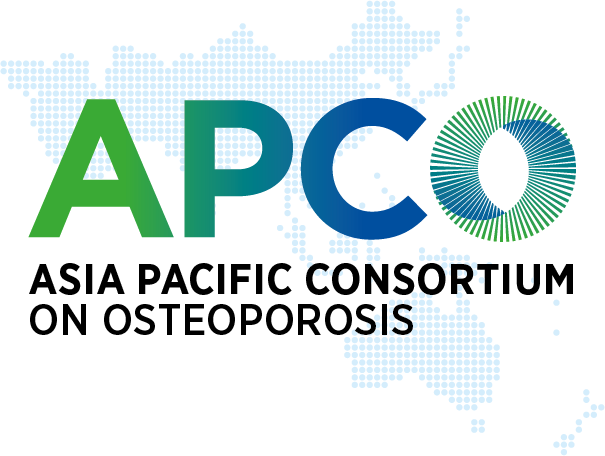
The Asia Pacific Consortium on Osteoporosis (APCO) has this week launched the first pan-Asia Pacific clinical practice standards for the screening, diagnosis, and management of osteoporosis, targeting a broad range of high-risk groups.
Published in Osteoporosis International, the APCO Framework comprises 16 minimum clinical standards set to serve as a benchmark for the provision of optimal osteoporosis care in the region.
The reason these standards are so important is due to the rapidly ageing population in the Asia Pacific region, including Australia.
Did you know that globally the population aged 65 years or over increased from six per cent in 1990, to nine per cent in 2019? This proportion is projected to rise to 16 per cent by 2050, meaning one in six people worldwide will be aged 65 years or over by 2050. The number of people aged 60 years and over in the Asia-Pacific region – home to more than a third of the world’s population aged 65 years and over, and to more elderly people than any other region – is predicted to triple between 2010 and 2050, reaching a staggering 1.3 billion people.
Osteoporosis spells very bad news for older Aussies. A fragility fracture, which occurs every three seconds worldwide, compromises quality of life and loss of independence. Concerningly, one-in-four patients who sustain a hip fracture die within a year, and less than half of those who survive regain their previous level of function. In 2010, an estimated 158 million people aged 50 years and above were at high risk for osteoporotic fracture – a figure which is set to double by 2040.
All of that is before you consider the significant financial burden that poor bone health places on a country’s economy and healthcare system.
According to the Dr Manju Chandran, who is the Framework lead author, APCO Chairperson, and Director of the Osteoporosis and Bone Metabolism Unit at Singapore General Hospital, implementation of the Framework is expected to significantly reduce the burden of osteoporosis not only in the Asia Pacific region, but also worldwide.
“We hope that the Framework can serve as a stimulus for harmonisation of guidelines in other regions that have similar socio-economic diversity and heterogeneity of health care resources,” Dr Chandran tells us.
Watch this video with Dr Chandran explaining more about the Framework.
Professor Peter Ebeling AO, Medical Director of Osteoporosis Australia, and APCO Executive Committee member, explains that as many as half of those people who have sustained a hip fracture, have already experienced a previous fracture in other parts of their body.
“In fact, a prior fracture at any site is associated with a doubling of future fracture and mortality risk. The unfortunate ramifications of the gross under-diagnosis and under-treatment of osteoporosis is that a large number of people sustain further debilitating secondary fractures, which places a substantial, but importantly, preventable burden on already strained healthcare systems,” Prof Ebeling added.



